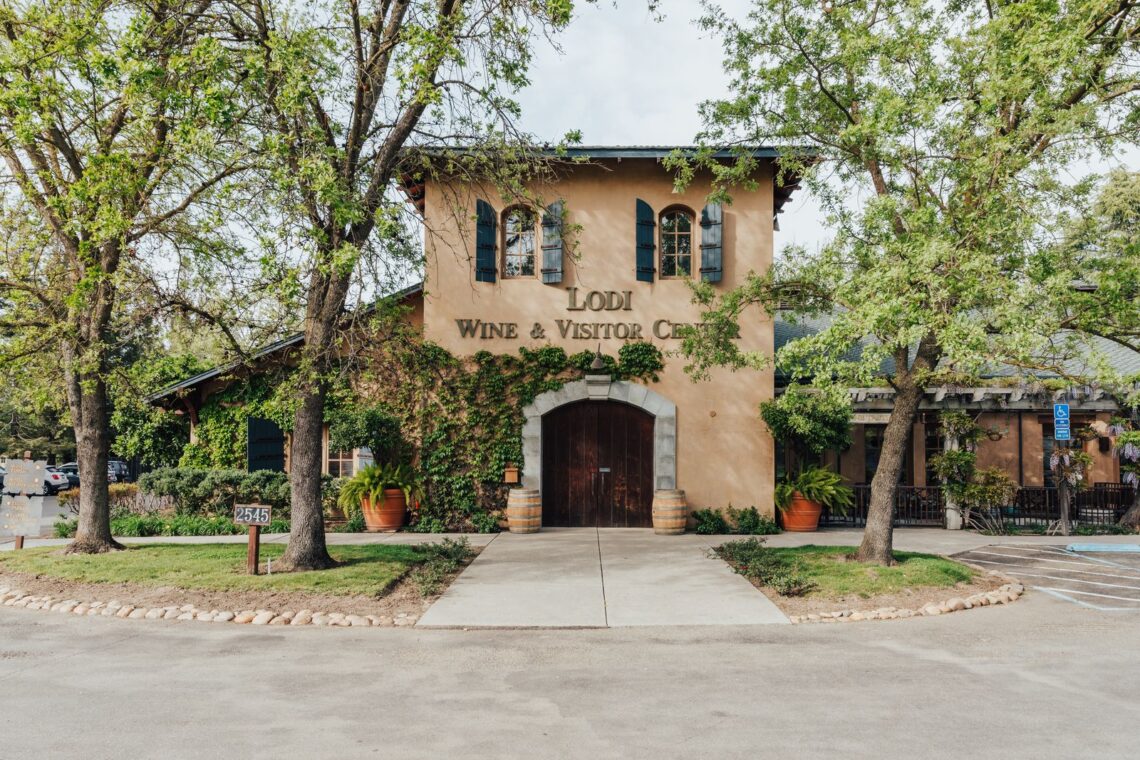©Lodi Wine California-Courtesy of Lodi Winegrape Commission
Lodi is a historic wine region, located 40 miles south of Sacramento and 90 miles east of San Francisco. The region is considered one of the most diverse in the United States and is also home to more than 80 boutique wineries specializing in small-batch and handcrafted wines. This region has long been the leading producer of many of California’s best varietals, including Cabernet Sauvignon, Chardonnay, Merlot, Sauvignon, Blanc, Zinfandel, and more.
The first vineyard in the area dates back to 1850 when Captain Charles M. Weber planted the first vineyard in the region. Three years later, brothers George and William West planted Spanish and Portuguese grapes alongside the seedless Sultana grape (also known as Thompson Seedless). Eight years later, the West brothers established El Pinal Winery, the first commercial winery in the region.
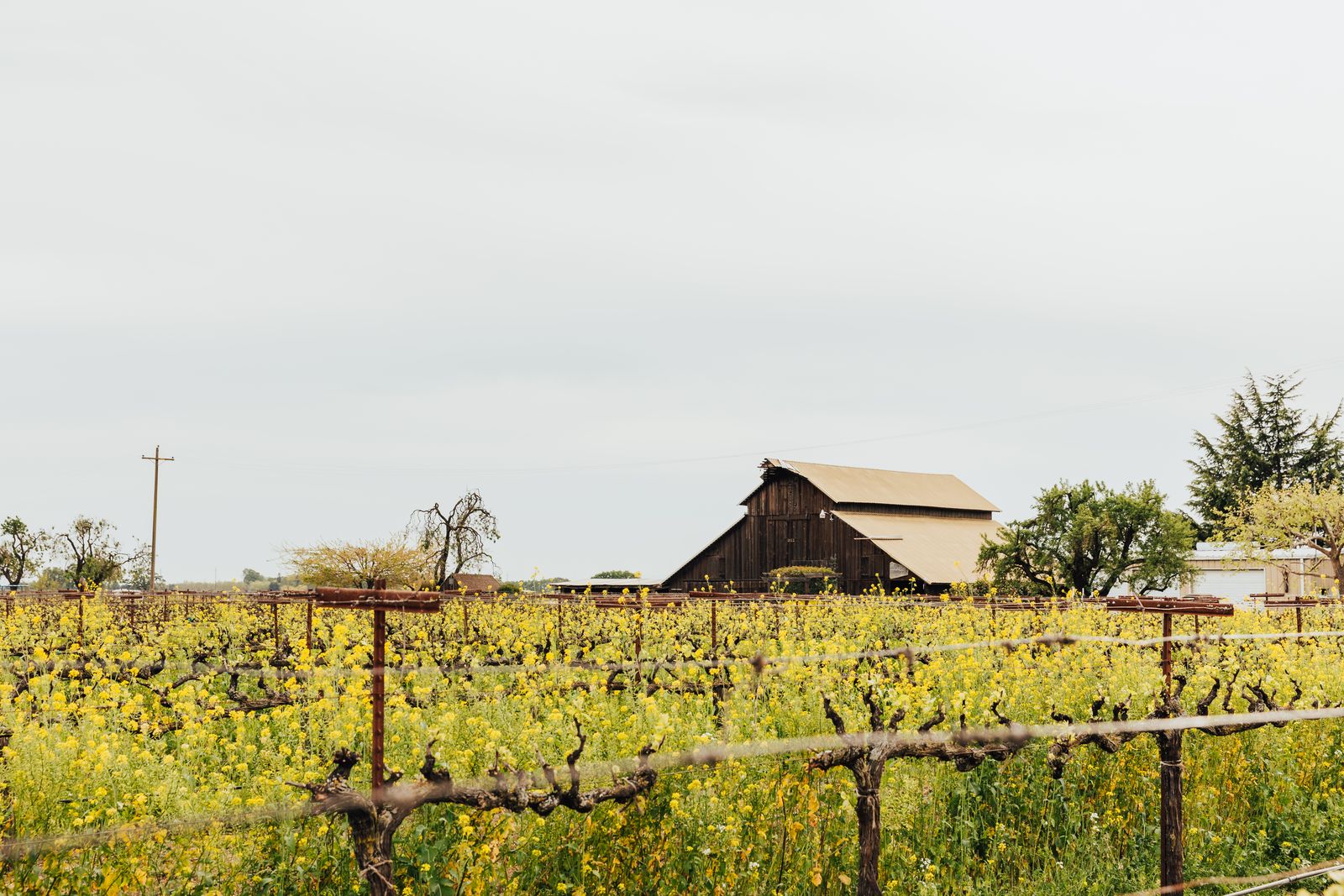
©Lodi Wine California-Courtesy of Lodi Winegrape Commission
In 1906, Lodi was incorporated as a city.
In 1986, Lodi was recognized as an AVA and, in 1991, the Lodi Winegrape Commission was born, founded by the winemakers of Lodi to promote the wine industry.
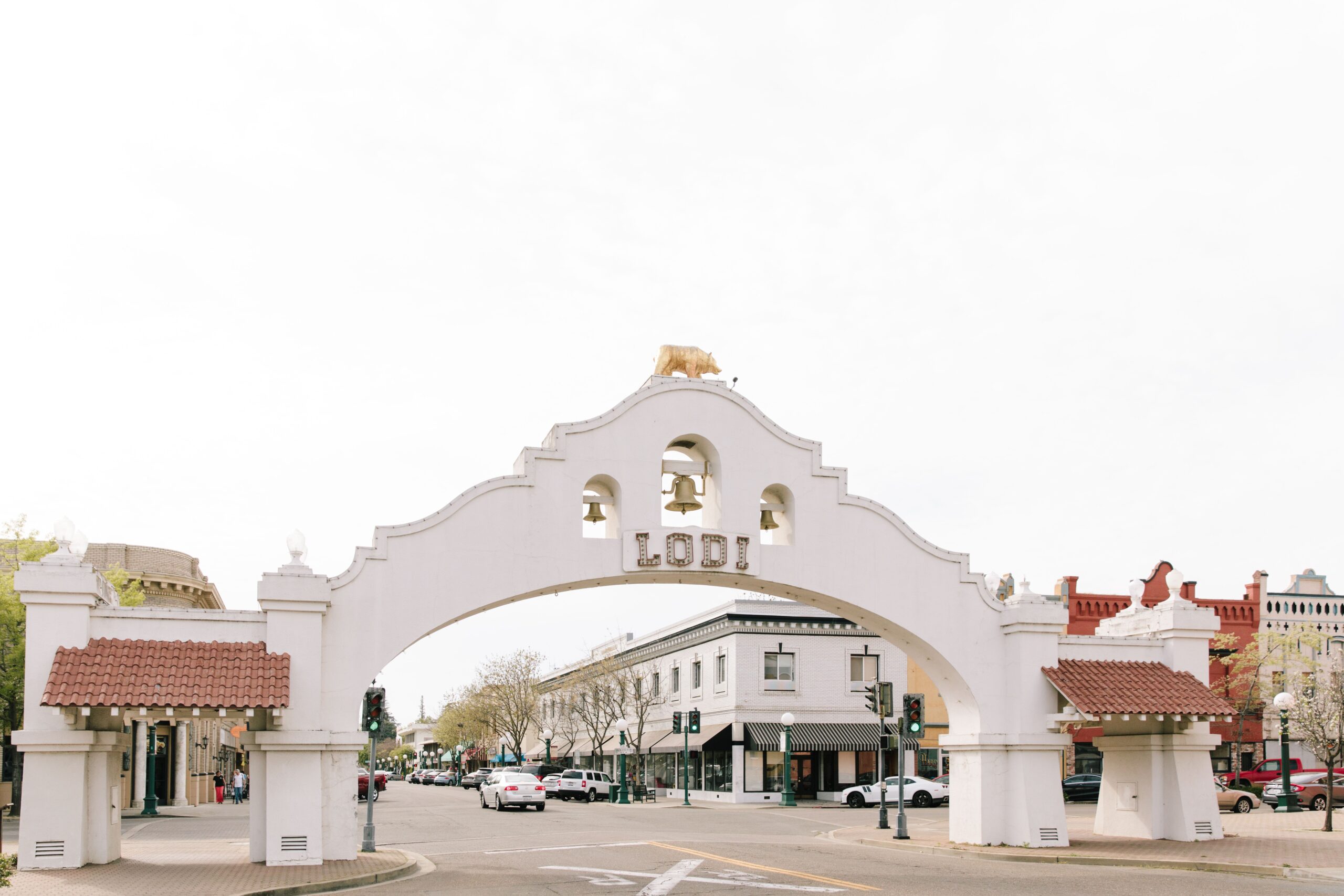
©Lodi Wine California-Courtesy of Lodi Winegrape Commission
In 2000, the Lodi Winegrape Commission opened the Lodi Wine Visitor Center, one of the first regional wine training and tasting centers. Six years later, seven subappellations within the greater Lodi AVA were established: Alta Mesa, Borden Ranch, Clements Hills, Cosumnes River, Jahant, Mokelumne River, and Slough House.
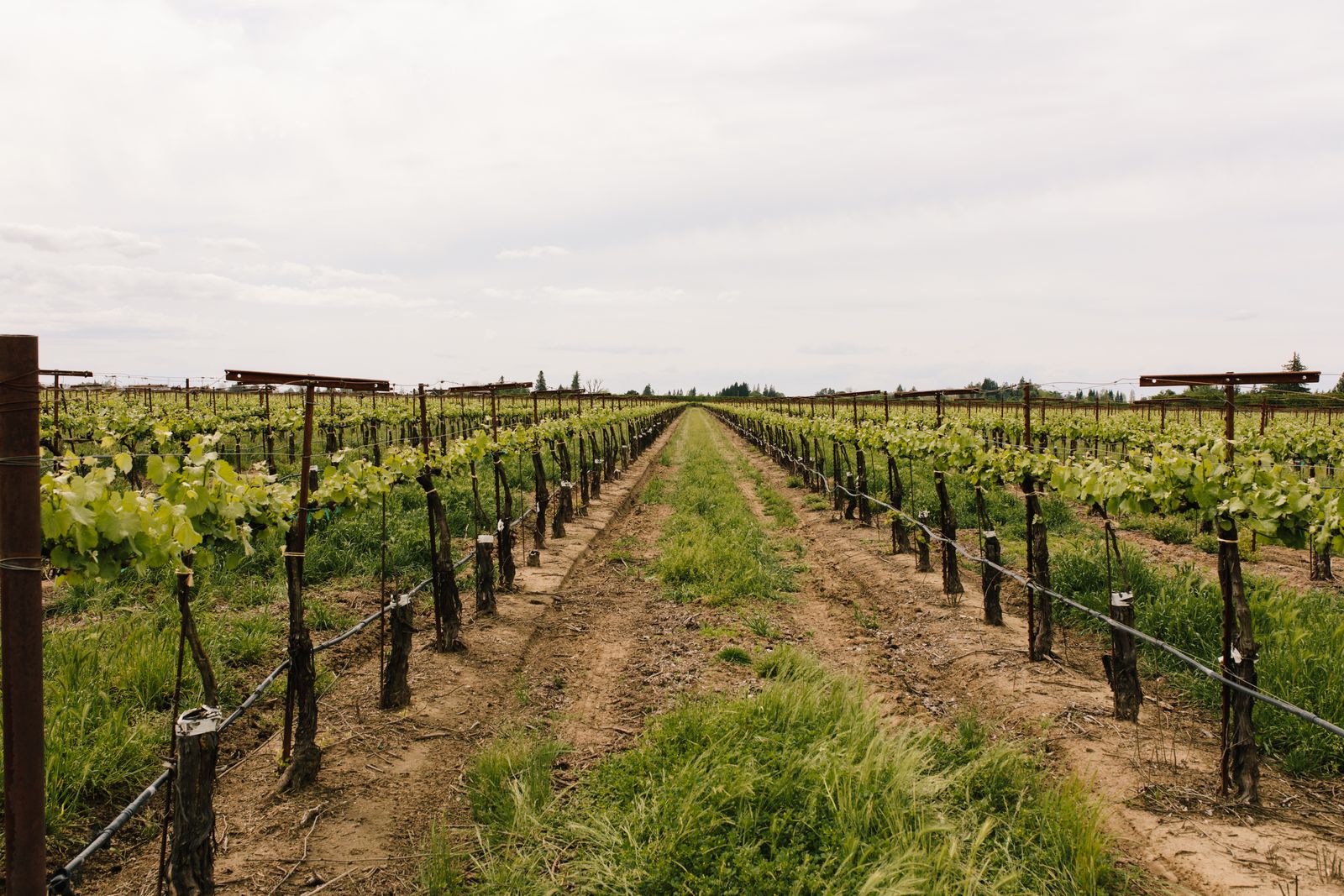
©Lodi Wine California-Courtesy of Lodi Winegrape Commission
Today, the AVA owns 100,000 acres, 125 premium wine grape varieties.
The climate of the area is Mediterranean with cool, wet winters and hot, dry summers. The sudden changes in temperature during the day contribute to the creation of quality wines. The cold winds off the Pacific Ocean are a natural air conditioner that helps maintain the acidity of the wine grapes.
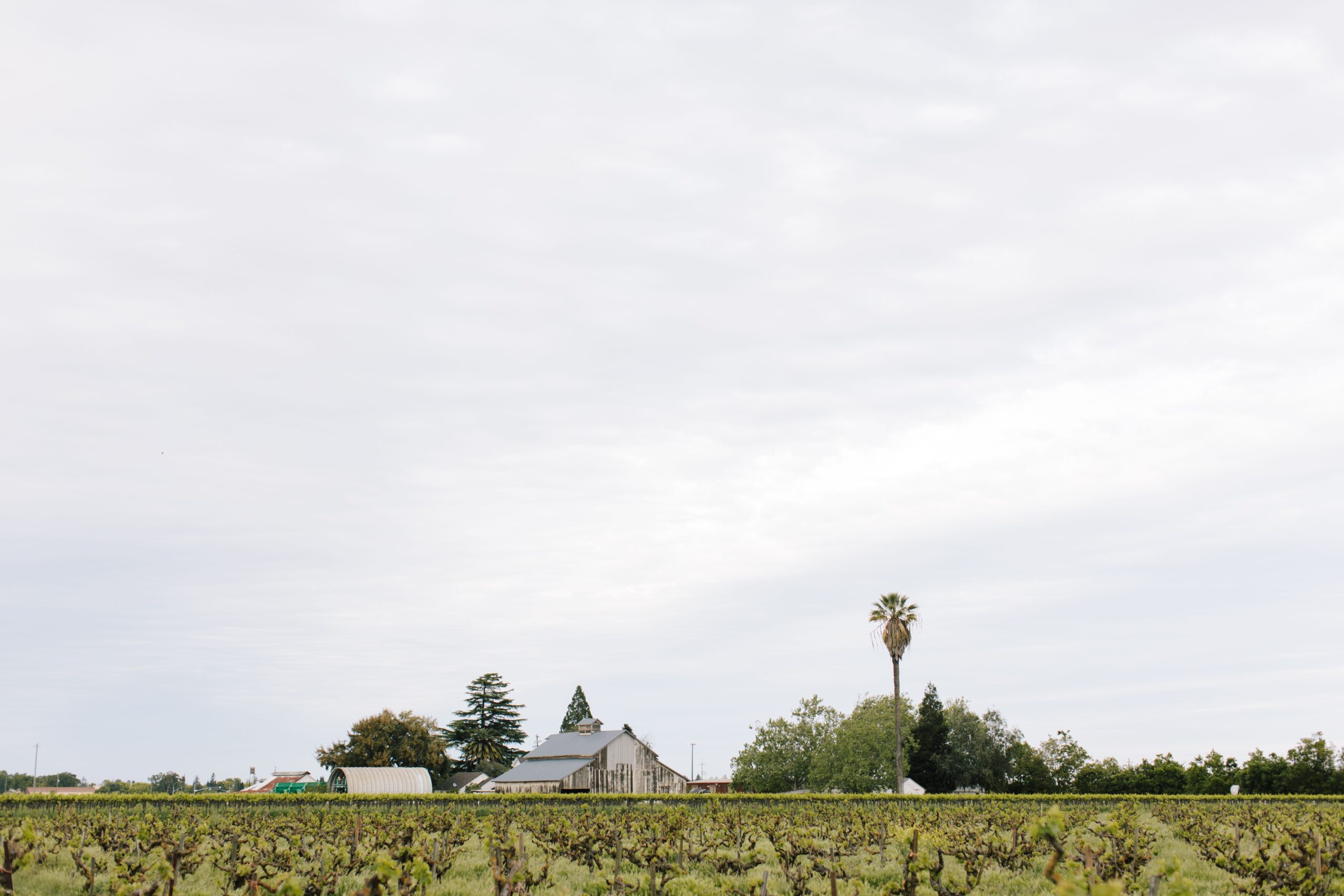
©Lodi Wine California-Courtesy of Lodi Winegrape Commission
The different soils of Lodi were formed thousands of years ago through geological events and flood waters. Two major rivers originating in the Sierra Nevada, the Mokelumne and the Cosumnes, have brought granite-based mineral-rich soils that complement the fine sand clay soils that surround the community of Lodi. Some of the more dominant soils in the region include Tokay Fine Sandy Loam, Tuscan Stony Loam, San Joaquin Loam and Archerdale Clay Loam.

©Lodi Wine California-Courtesy of Lodi Winegrape Commission
Lodi Rules is the American sustainable original, created by a group of California farmers, aimed at reducing the use of pesticides through the education of the viticultural ecosystem, commonly referred to as integrated pest management. The program promotes the adoption by winemakers of more than 100 standard sustainability practices organized into six chapters: business management, human resource management, ecosystem management, soil management, water management and pest management.

©Lodi Wine California-Courtesy of Lodi Winegrape Commission
Established in 2000, the Wine Visitor Center is another highlight of this AVA. The Center hosts hundreds of wines produced from Lodi grapes. Located in the heart of the region’s historic Mokelumne River Appellation, the Wine Visitor Center is the official tour guide of the Lodi Appellation. Featuring an on-site demonstration vineyard and a weekly rotating wine list, it’s a must-stop for anyone visiting the area.


